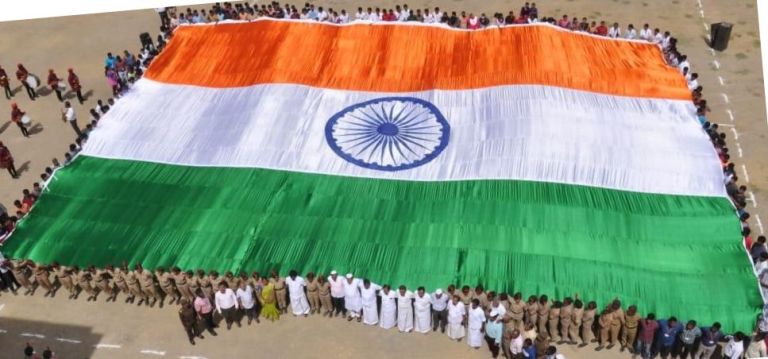National Payments Corporation of India (NPCI) and Central Board of Secondary Education (CBSE) have joined hands to introduce a financial literacy curriculum for students of Class VI. The Financial Literacy Textbook is launched as part of new elective ‘financial literacy’ subject that will enable students to have an understanding of basic financial concepts at a preliminary stage of their education.
From core concepts like currency, banking, savings, and investments to advanced concepts like IMPS, UPI, USSD, NACH, PoS, mPoS, QR Codes, and ATMs, this book covers all that a child might find very useful in a later stage in their life. Building upon the context of modes of digital payments, the book elaborates the role of UIDAI and the importance of Aadhaar, and Aadhaar Enabled Payment System (AePS).
The textbook covers crucial topics with regards to financial awareness: starting from teamwork and basic financial concepts to Banking, Security, and modes of Digital Payments such as UPI, Cards, Wallets, and more. It entails the origin of banking, the transition from coins to paper money, types of banks and major operations and services carried out by banks. The textbook also elucidates the significant role of RBI and GOI in providing an impetus to the Digital Payments movement.
Complete with activities, attractive illustrations, and practice exercises, the textbook can be accessed online on the CBSE website. Manoj Ahuja, IAS, Chairman, CBSE said “As the new education policy emphasizes the need of nurturing a digital mindset among the students this book is the first step towards addressing the same. It focuses on the overall digital payment system which is new; this small module on financial literacy is going to educate our students on finance from an early age.”











